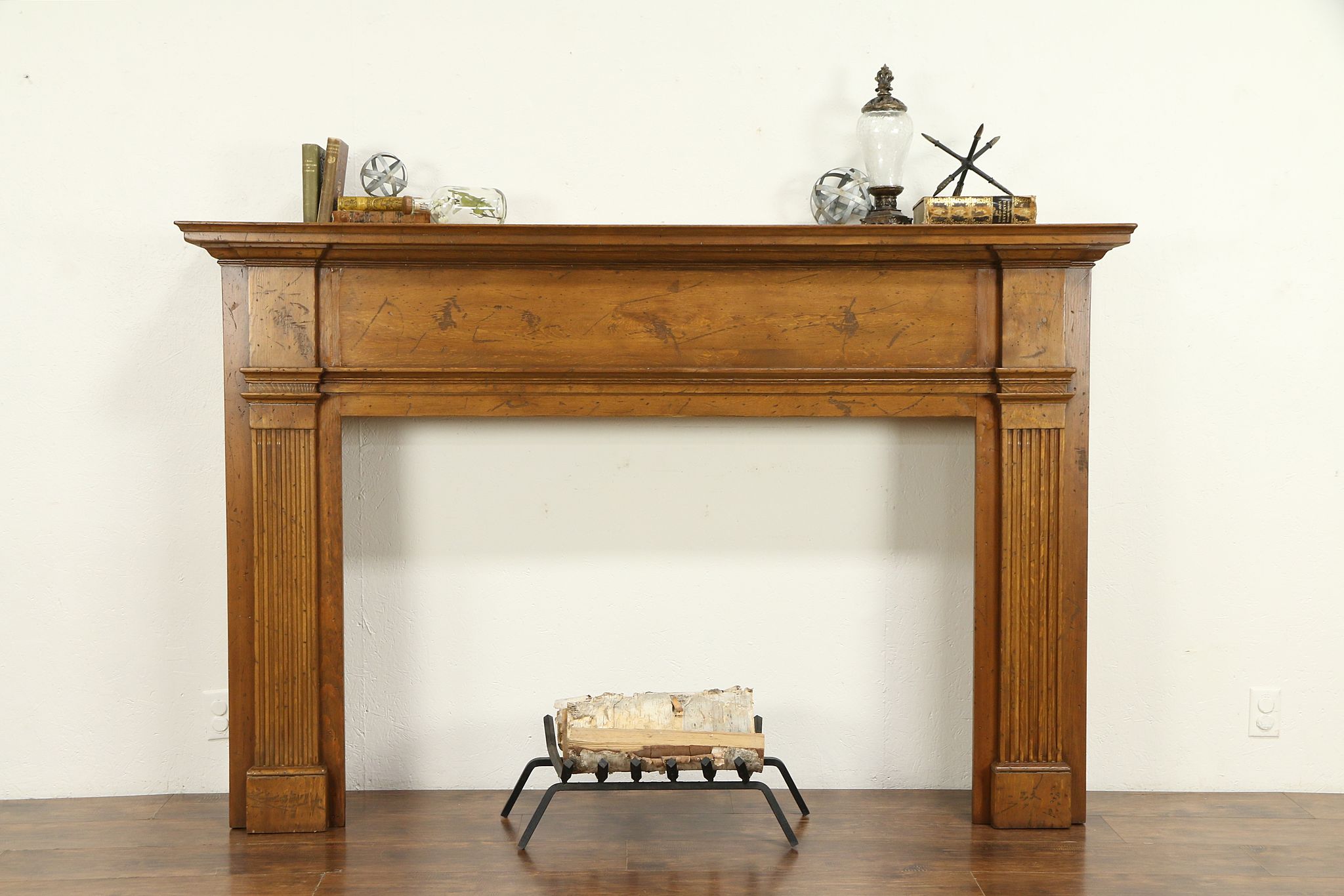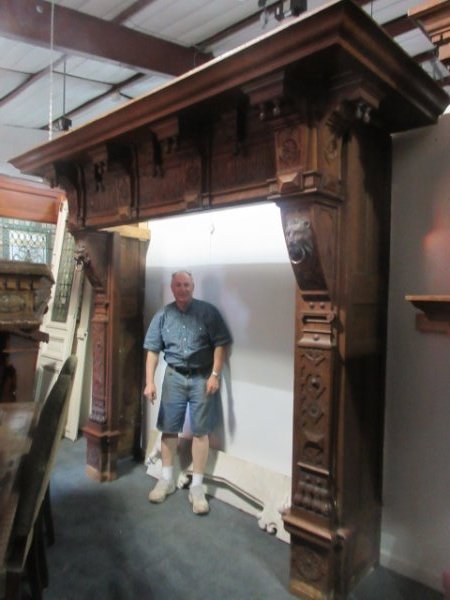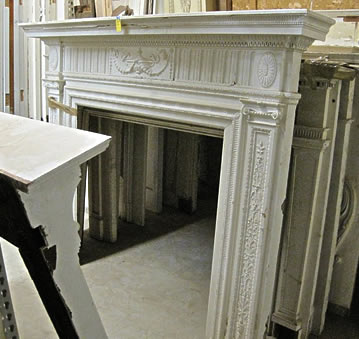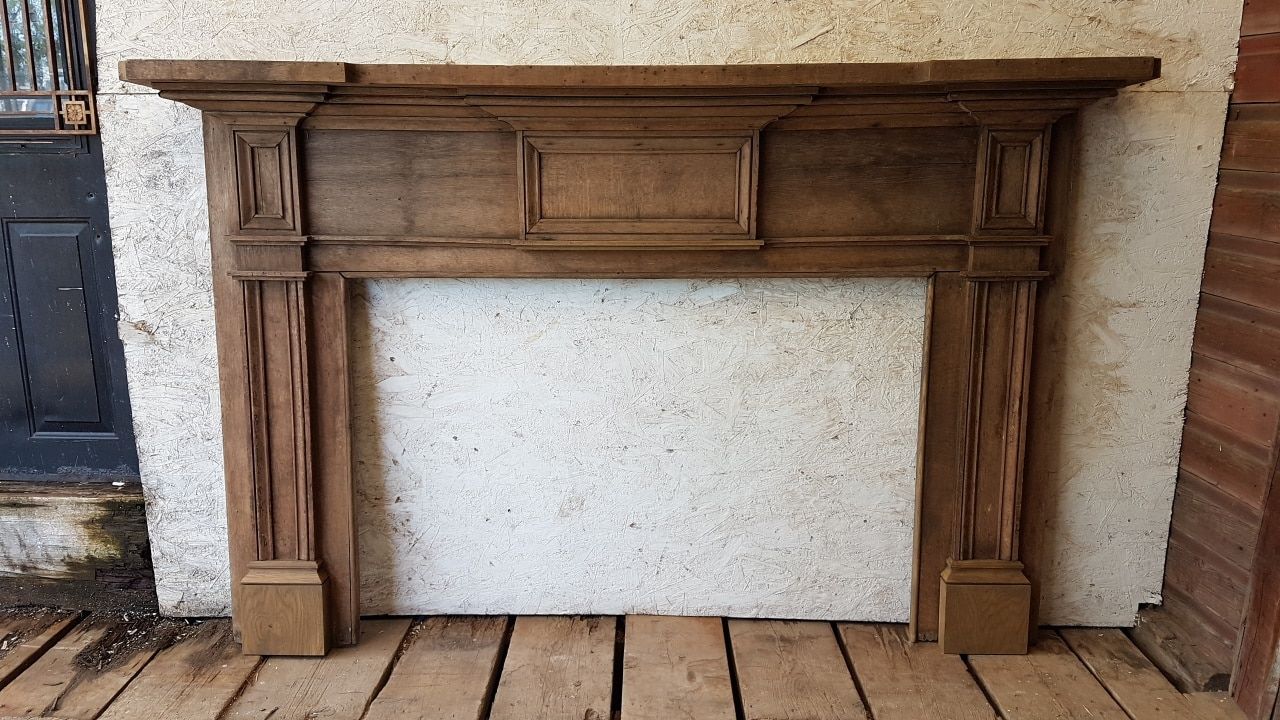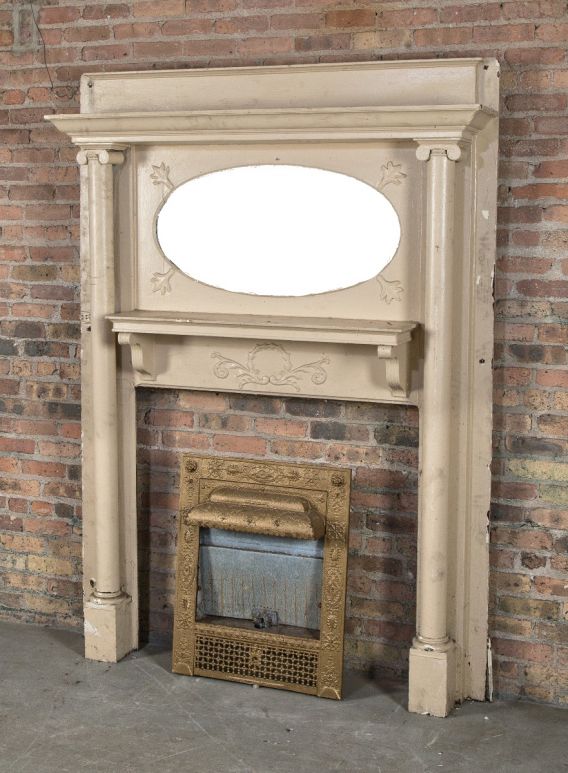A vintage fireplace mantel adds character, warmth, and a touch of history to any home. These timeless pieces, often crafted from wood, stone, or cast iron, showcase intricate carvings, weathered finishes, and unique designs that modern reproductions can’t replicate. Whether salvaged from an old home, an antique shop, or a flea market, a vintage mantel becomes the focal point of a room, blending nostalgia with functional elegance. From rustic farmhouse styles to ornate Victorian designs, each mantel tells a story. Below, we explore six key aspects of vintage fireplace mantels to help you appreciate their beauty and incorporate them into your décor.
The History of Vintage Fireplace Mantels
Fireplace mantels have been a central feature in homes for centuries, dating back to medieval times when they served as practical hoods to direct smoke. By the 18th and 19th centuries, mantels evolved into decorative statements, reflecting architectural trends like Georgian symmetry, Victorian ornamentation, and Arts & Crafts simplicity. Antique mantels were often hand-carved by skilled craftsmen, using materials such as oak, marble, or limestone. Many vintage mantels still bear the marks of their original use, including soot stains or patina from years of exposure to heat.
The popularity of vintage mantels today stems from their ability to bring historical charm into modern interiors. Homeowners and designers seek out these pieces not just for their aesthetic appeal but also for their durability and craftsmanship. Unlike mass-produced modern mantels, vintage options often feature unique imperfections that add authenticity. Restoring or repurposing an old mantel preserves its legacy while giving it new life in a contemporary setting.
Identifying the era of a vintage mantel can help determine its value and style. For example, Edwardian mantels tend to have simpler lines compared to the elaborate scrollwork of Baroque designs. Some mantels may even include original tiles or cast-iron inserts that hint at their age. Whether you’re a collector or a homeowner looking for a statement piece, understanding the history behind these mantels adds depth to their appeal.
Choosing the Right Vintage Mantel for Your Home
Selecting a vintage fireplace mantel involves considering size, material, and style to ensure it complements your space. Measure your fireplace opening and the surrounding wall area to avoid choosing a mantel that’s too large or too small. Wooden mantels suit traditional and rustic interiors, while marble or stone options lend a more formal, classic look. The color and finish should also harmonize with your existing décor—distressed wood works well in farmhouse settings, whereas polished stone fits elegant living rooms.
The design details of a vintage mantel can dramatically influence the room’s atmosphere. Intricately carved floral motifs or scrollwork create a dramatic focal point, while simpler, straight-lined mantels offer understated elegance. If your home has a specific architectural style, such as Colonial or Craftsman, look for a mantel that aligns with that period. Some vintage mantels may need refinishing or repairs, so inspect for structural integrity before purchasing.
Another factor is functionality—will the mantel be purely decorative, or do you plan to use the fireplace? If it’s a working fireplace, ensure the mantel is heat-resistant and properly installed. For non-functioning fireplaces, a vintage mantel can still serve as a display shelf for artwork, mirrors, or seasonal décor. Mixing old and new elements, such as pairing an antique wooden mantel with modern décor, creates a balanced and visually interesting space.
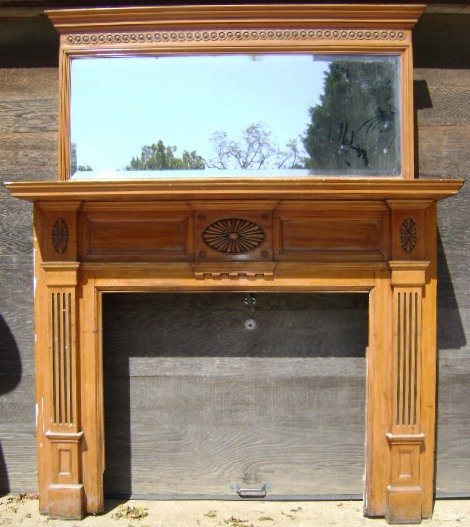
Restoring and Refinishing a Vintage Fireplace Mantel
Restoring a vintage mantel requires careful attention to preserve its original character while addressing wear and tear. Start by cleaning the surface with a gentle wood cleaner or stone-safe solution to remove decades of dirt and grime. For wooden mantels, sanding may be necessary to smooth out scratches, but avoid over-sanding to retain the patina. If the mantel has chipped paint, consider stripping it back to the natural wood or repainting it in a period-appropriate color.
For mantels with missing or damaged details, such as carved accents or molding, consult a professional restorer or use wood filler to recreate the design. If the mantel is structurally unsound, reinforcements like brackets or additional support beams may be needed. Staining or sealing the wood protects it from future damage while enhancing its natural beauty. Marble or stone mantels may require polishing to restore their luster, and any cracks should be professionally repaired.
Refinishing a vintage mantel allows for customization while maintaining its historical essence. A fresh coat of paint in a neutral shade can modernize the piece, while a dark stain adds richness and depth. Some homeowners prefer a distressed or whitewashed finish for a shabby-chic look. The goal is to balance preservation with personal style, ensuring the mantel remains a timeless centerpiece in your home.
Creative Ways to Decorate a Vintage Fireplace Mantel
A vintage mantel offers endless styling possibilities, whether you prefer a minimalist approach or a layered, eclectic display. For a classic look, place a large mirror above the mantel to reflect light and create the illusion of space. Pair it with symmetrical arrangements of candlesticks, vases, or framed artwork to maintain balance. Seasonal décor, such as garlands during the holidays or fresh flowers in spring, keeps the mantel looking fresh year-round.
For a more curated aesthetic, mix textures and heights by combining books, small sculptures, and antique clocks. Vintage signs, framed botanical prints, or heirloom china can add personality. If the mantel has a deep shelf, lean artwork against the wall instead of hanging it for a relaxed vibe. Incorporating natural elements like dried branches, woven baskets, or stone bookends enhances the organic charm of an aged mantel.
Lighting plays a key role in highlighting a vintage mantel’s details. Sconces on either side provide ambient light, while battery-operated candles offer a flameless glow. If the fireplace is non-functional, filling the hearth with stacked logs, candles, or decorative objects maintains visual interest. The key is to avoid overcrowding—let the mantel’s craftsmanship shine by keeping the arrangement intentional and uncluttered.
Where to Find Vintage Fireplace Mantels
Antique shops, architectural salvage yards, and flea markets are excellent places to hunt for vintage mantels. These venues often carry unique, one-of-a-kind pieces with rich histories. Online marketplaces like eBay, Etsy, and Facebook Marketplace also list vintage mantels, but be sure to request detailed photos and measurements before purchasing. Auctions and estate sales can yield hidden gems, especially in older homes undergoing renovations.
Salvage companies specializing in reclaimed building materials are another great resource. They frequently stock mantels salvaged from demolished historic houses, churches, or public buildings. Some vendors even offer custom restoration services to repair and refinish mantels before sale. If you’re willing to invest time, visiting demolition sites or contacting local contractors may lead to unexpected finds.
When buying a vintage mantel, inspect it for stability, rot, or insect damage. Ask about its origin and any known history—this adds sentimental value and helps authenticate its age. Shipping large mantels can be costly, so factor in transportation or assembly requirements. Whether you’re searching for an ornate Victorian centerpiece or a simple rustic beam, patience and persistence will help you find the perfect vintage mantel.
Incorporating a Vintage Mantel in Modern Interiors
Blending a vintage fireplace mantel with contemporary décor creates a striking contrast that adds depth to a room. A weathered wooden mantel against a sleek, monochromatic wall becomes an instant focal point. To prevent the space from feeling disjointed, repeat similar materials or colors elsewhere in the room—for example, pair a dark wood mantel with matching furniture legs or frames.
Minimalist interiors benefit from the texture and history a vintage mantel provides. Keep the surrounding décor simple to let the mantel stand out, such as a single piece of abstract art above it or a few carefully chosen ceramics. For a more eclectic look, mix the mantel with modern art, metallic accents, and bold textiles. The juxtaposition of old and new creates visual interest without overwhelming the space.
Even homes without fireplaces can use vintage mantels creatively. Mount one on a wall as a floating shelf for displaying décor, or repurpose it as a headboard for a bed. Some homeowners use salvaged mantels as frames for TVs or as decorative backdrops in dining rooms. The versatility of these pieces ensures they remain functional and stylish, no matter the setting. A vintage mantel bridges the past and present, making it a timeless addition to any home.
Restoration Resources – New Englandu0027s Primary Source for Authentic
IC5206 – Antique Oak Fireplace Mantel – Legacy Vintage Building
Fireplace Mantel
original 19th century antique american painted oak wood interior residential fireplace full-mantel with oval shaped beveled mirror
Antique Fireplace Mantel Surround Architectural Salvage Victorian
Related Posts:


